By Michael D. Hull
For the duration of World War II, from the evening of Sunday, September 3, 1939, to the evening of Monday, May 7, 1945, the Battle of the Atlantic never ceased.
Waged across a great expanse of unforgiving ocean and touching three continents, the global conflict’s longest and most arduous campaign was a war within a war. There were no major battles in the traditional sense—Trafalgar, Jutland, Midway—but rather a long struggle to organize, protect, and manage the movement of war materiel and shipping. It was actually a series of campaigns in which the German Navy’s immediate and long-term strategy fluctuated, while that of the Allies remained essentially constant.
It has been the most overlooked campaign of World War II, yet nothing less than the fate of Western freedom depended on its outcome. If the Atlantic lifelines had been severed, Great Britain would have faced starvation and been unable to continue the war. America and Canada could not have rallied in force to the side of the British Empire. Much-needed tanks and airplanes would have been denied to the Soviet Union and the liberation of Europe, which eventually brought victory over the Axis powers, could not have been mounted.
“The Battle of the Atlantic,” said British Prime Minister Winston Churchill, “was the dominating factor all through the war. Never for one moment could we forget that everything happening elsewhere, on land, at sea, or in the air, depended ultimately on its outcome.”
For almost the whole of the struggle, the Allied navies were locked into a defensive posture while the German Navy—though unprepared for a major naval war—was on the offensive with a wide range of weapons, such as warships, auxiliary cruisers, submarines, and long-range aircraft. The Kriegsmarine struck hard from the first day of the war. Lt. Fritz Lemp’s submarine U-30 torpedoed without warning the 13,000-ton British liner Athenia 250 miles west of Donegal, Ireland, eight hours after Britain and France had declared war on Nazi Germany on September 3, 1939.
The death toll was 128, including 22 Americans heading homeward. Outlawed by the 1936 London naval treaty, the sinking of the defenseless vessel triggered widespread outrage.
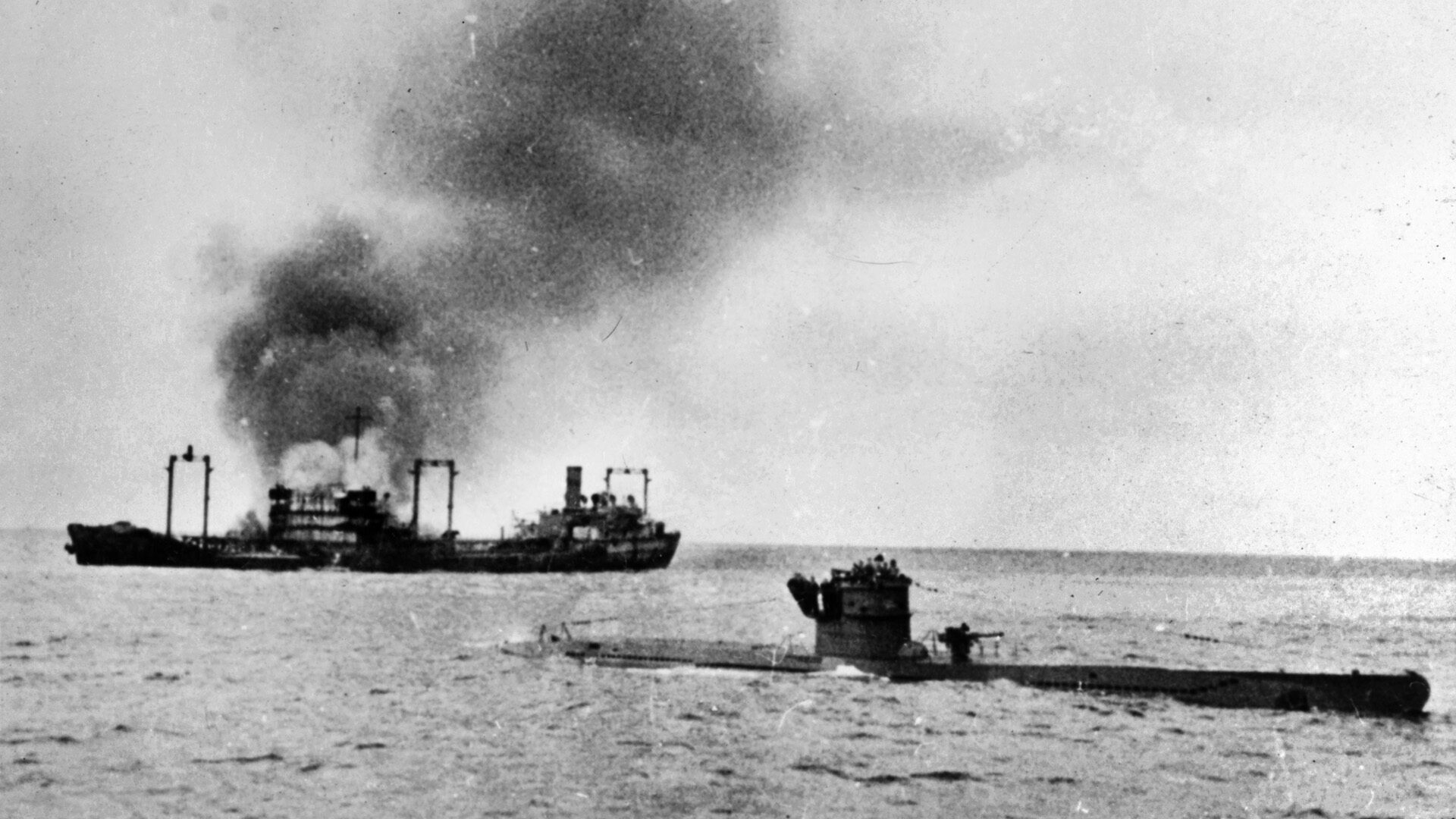
In the first two weeks of the war, 27 British merchant ships were sunk in the Atlantic, and between September 3 and the end of the year, 216 merchantmen totaling 748,000 tons went down. During the first year of the war, the toll was 438 merchant ships. For an island nation importing much of its metal, half its food, and all its oil, the mounting losses were alarming.
Meanwhile, the Kriegsmarine targeted warships as well as lone merchantmen. The 22,500-ton aircraft carrier HMS Courageous was sunk by U-29 during an anti-submarine patrol off southwestern Ireland on September 17, three days after the majestic, 22,000-ton carrier HMS Ark Royal narrowly avoided torpedoes fired from U-39. The navy then withdrew its precious carriers from such routine duties.
Inevitably, the Royal Navy’s readiness for war was brought into question. This was dramatized rudely on October 14, 1939, when Lieutenant Gunther Prien boldly steered his U-47 into the British Home Fleet anchorage at Scapa Flow, in the bleak Scottish Orkneys, and sank the venerable battleship HMS Royal Oak with two torpedoes. The death toll was 786.
If the Royal Navy was not fully prepared for war, the Admiralty nevertheless was jolted into action by the Athenia sinking. It wasted no time in introducing the convoy system, which had proved effective in the latter part of World War I. The first World War II convoy sailed for Halifax, Nova Scotia, on September 7. Escorts shepherded the merchantmen out for 300 miles and then picked up an inbound convoy and brought it safely to British ports. This pattern was dictated by the Navy’s critical shortage of escort vessels.
The operations of German surface raiders early in the war obliged the British Admiralty to provide each convoy with a heavy escort—a battleship, a cruiser, or an armed liner. Royal Navy vessels were kept busy in exhaustive searches for the enemy raiders, which were more of a distraction than a strategic threat. But the surface raiders nevertheless took a toll. The pocket battleship Deutschland sank two merchantmen and then caused a major diplomatic blunder by seizing the American freighter City of Flint. The incident stirred up much anti-German feeling in the neutral United States.
The most destructive enemy raider was the 11,700-ton pocket battleship Admiral Graf Spee, which sank nine merchant ships totaling 50,000 tons between September 30 and December 7, 1939. Pursued relentlessly down the east coast of South America by nine British and French hunting groups, the German ship was cornered in Montevideo harbor. Before the Royal Navy cruisers Exeter, Ajax, and Achilles could finish off the Graf Spee, she was scuttled by her skipper, Captain Hans Langsdorff. The Royal Navy had finally scored a front-page victory in the Atlantic.
Britons cheered, but the elation was short-lived. The surface raiders had caused havoc, and long-range Focke-Wulf Condor 200 bombers would sink 580,000 tons of British shipping the following year (1940). But the deadliest ship predators lurked beneath the Atlantic waves, ready to strike again—U-boats. The British remembered only too well that losses inflicted by German submarines had brought their country to within three weeks of starvation during World War I.
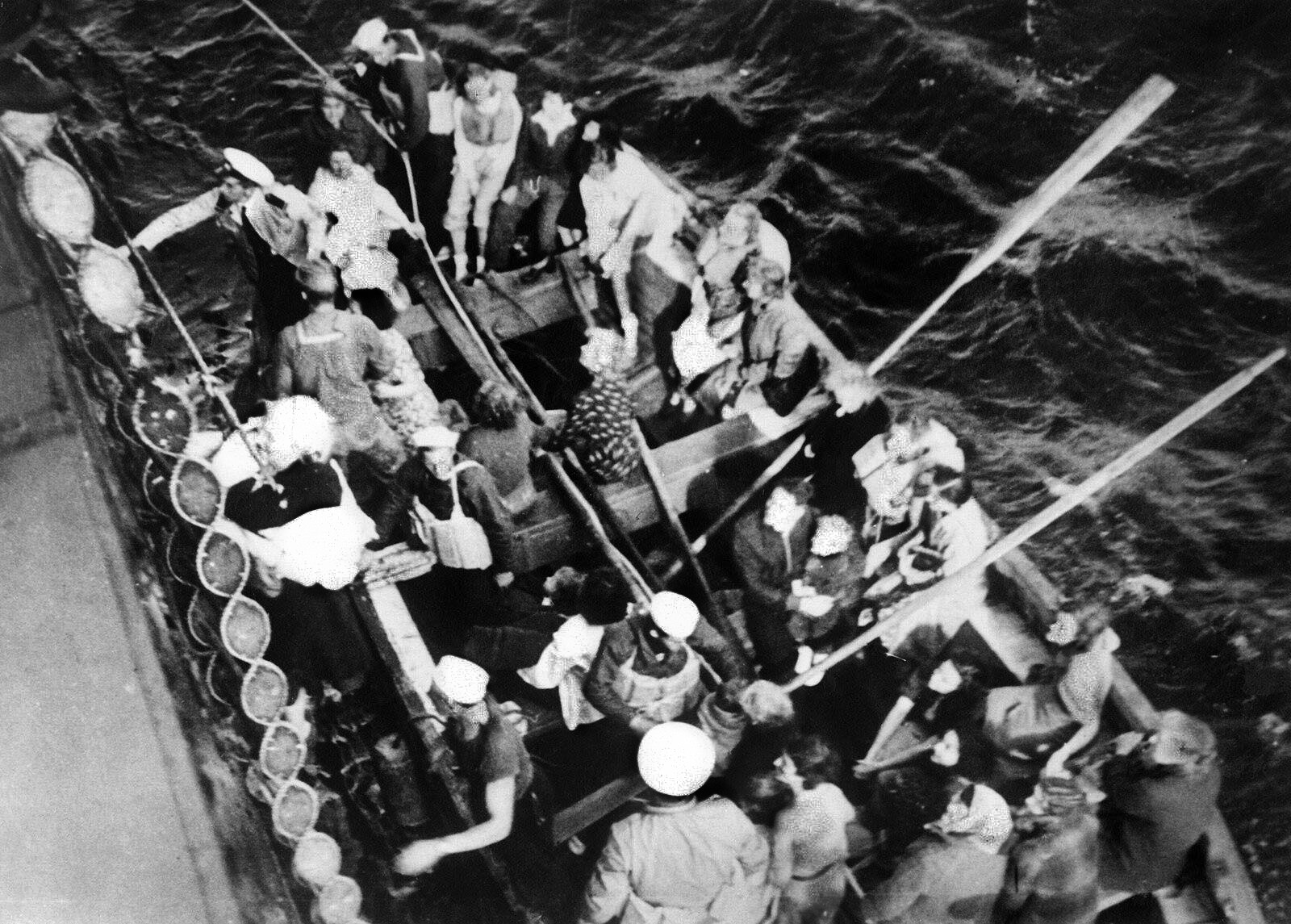
Soon to form the bulk of German forces engaged in the Atlantic during World War II, the main ocean-going U-boats were the Types VII and IX, displacing from 700 to 1,100 tons. Their ranges were between 6,500 and 13,450 miles, and their surface top speed was 17 to 19 knots. They were fast enough to catch merchant vessels and outrun many escort ships.
The commander of the U-boat force since 1935 was the frail and gifted Admiral Karl Doenitz, who had joined the Kriegsmarine in 1910, served in cruisers, commanded submarines in the Mediterranean during World War I, and was captured when he surfaced in the middle of a British convoy near Malta in October 1918. He told Chancellor Adolf Hitler that with a fleet of 300 U-boats, Germany could challenge the Royal Navy’s hold on the high seas, choke off commerce, and starve the British into submission within six months.
But Hitler’s priorities were the buildup of the German Army and the Luftwaffe. He doubted Doenitz’s claim and had little interest in the sea or the navy. Germany entered the 1939-45 conflict with just four battleships, three pocket battleships, three heavy cruisers, six light cruisers, a few destroyers, and 56 submarines. Nevertheless, with only 22 U-boats operational at any given time, Doenitz’s hunters sank 199 merchantmen and a third of the Royal Navy’s battleship strength in the first months of the war.
The Royal Navy was also lead by battleship admirals who postponed the building of destroyers and smaller craft suitable for convoy escort. Many of the British escorts early in the war were hastily modified trawlers and other vessels ill suited for harsh duties in the Atlantic.
The Admiralty took control of merchant shipping and ordered vessels with speeds under 15 knots to move in convoy. Faster ships sailed independently. Despite its shortage of small vessels, the Royal Navy had escorted almost 5,800 merchantmen by the end of 1939, with the loss of 12. Four of these were sunk by U-boats. During the same period, 102 independent merchant ships were sunk. Doenitz, meanwhile, lost nine of his boats, almost a sixth of his original strength. But the initial success of the British convoy operations contrasted sharply with the offensive against enemy submarines.
In response to the sinking of the Athenia, First Sea Lord Churchill ordered the arming of merchantmen. Both sides began taking retaliatory measures. When the Germans used aircraft, surface vessels, and U-boats to sow minefields in North Sea harbor entrances and estuaries, the British laid undeclared minefields to sink the enemy surface minelayers. Hitler responded by removing restrictions on U-boat operations.
The British made it difficult for Doenitz’s submarines to reach and remain in their chief hunting grounds, the Western Approaches (to the British Isles). Barred from the English Channel by a mine barrier across the Strait of Dover, the U-boats had to go far around Scotland in order to reach the Atlantic. They could not stay long because of the fuel needed to reach and return from the operational area. During the harsh winter of 1939-40, there were never more than 10 U-boats in the Western Approaches, and at times only a couple.
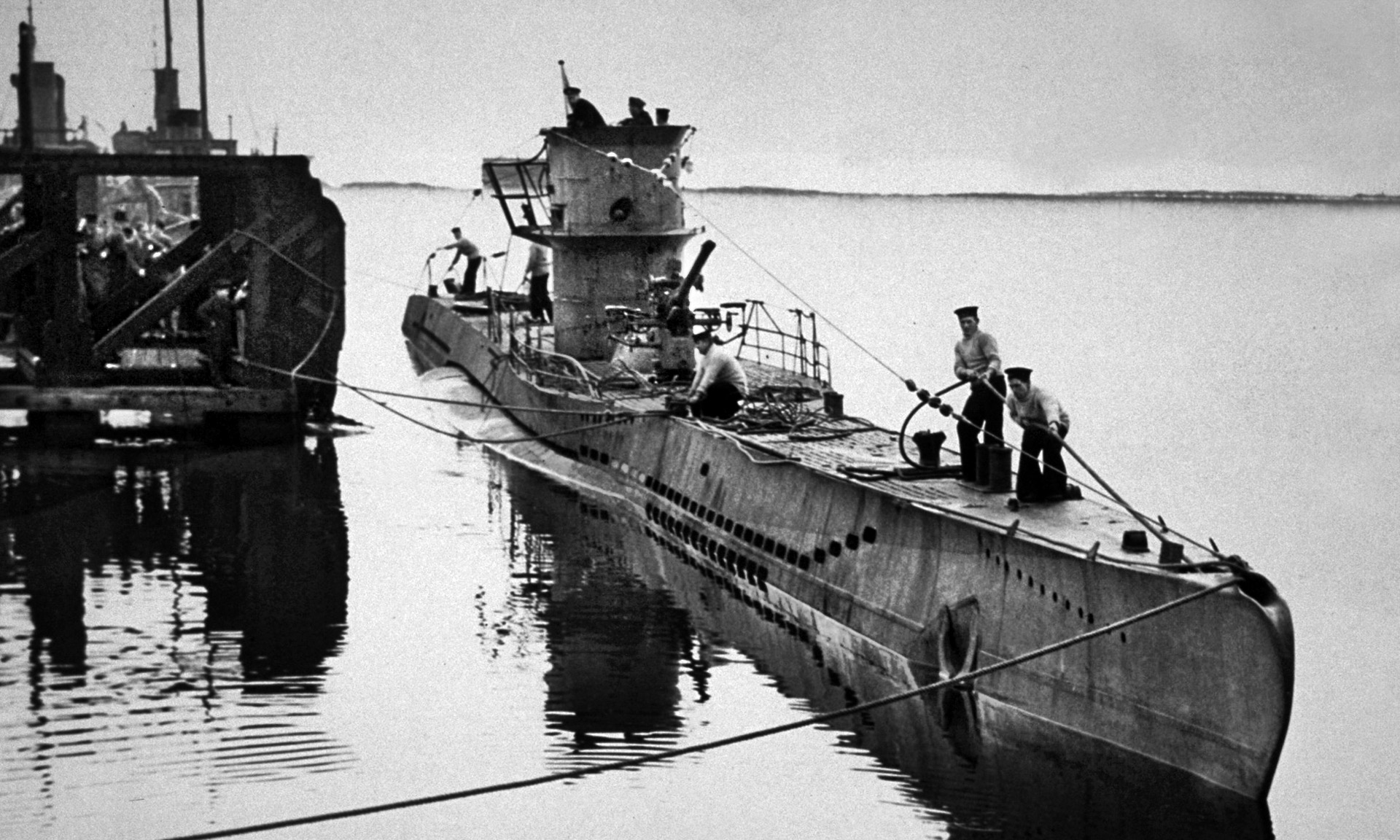
But advantages awaited Doenitz and his submariners when the Germans overran Norway, the Low Countries, and France in the fateful spring of 1940. While secondary U-boat havens were set up on the Norwegian coast, Doenitz supervised the construction of heavily fortified bases on the French Atlantic coast at Brest, Lorient, St.-Nazaire, La Pallice, and Bordeaux. This meant that the U-boats could halve the transit time to their Atlantic hunting grounds. Royal Air Force Bomber Command, concentrating its limited resources on raids over Germany, failed to disrupt the building of the concrete pens in the Bay of Biscay ports. As a result, they were made virtually impregnable to later raids by the RAF and the U.S. Eighth Air Force.
Along with 27 Italian submarines based at Bordeaux, U-boats began venturing from the French bases in July 1940. The reduction in cruising time had the effect of increasing the number of boats available in the operating areas. Assuming tactical command, Doenitz concentrated his strength 260 miles west of Scotland and made effective use for the first time of wolfpack tactics.
In order to meet the increased submarine threat, the British Admiralty ordered additional destroyers and authorized two new ship types —corvettes and frigates. These vessels, assisted by trawlers, luggers, and other small craft, bore the brunt of escort duties in the North Atlantic. Losses were heavy among destroyers and other escort vessels in 1940 during the ill-fated Norwegian campaign and the miraculous evacuation of the British Expeditionary Force from Dunkirk.
When Britain was threatened with invasion, escort ships were stripped from ocean convoys. Some convoys were protected only by a single escort. Deployed in many parts of the world, and depleted by losses, the Royal Navy’s resources were severely strained. So, Churchill, the new prime minister, requested from President Franklin D. Roosevelt in May 1940 the loan or gift of 50 mothballed U.S. destroyers for escort work. A deal was concluded that September whereby the World War I-vintage four-stackers were exchanged for 99-year leases on British bases in the West Indies, Bermuda, and Newfoundland. A number of the flimsy “gift horses” served with distinction under the Royal Navy’s white ensign.
Sinkings mounted, and the period from June to October 1940 was a “Happy Time” for the U-boats and a distressing one for the British, when 274 merchant ships went down. Doenitz’s packs sank 196,000 tons of shipping that July; 268,000 tons in August; 295,000 tons in September; and 352,000 tons in October. One slow east-bound convoy in October lost 21 out of 30 ships, while a west-bound convoy lost 12 out of 49 vessels.
In order to reduce the slaughter, the Admiralty immediately extended the westward escort limits, and during a five-week period late in 1940, the convoys were unmolested. But the U-boat skippers preferred the easy kills of independent merchantmen rather than tangling with convoy escorts, and these losses soared.
In the mid-Atlantic, single ships were most vulnerable, while the U-boats were immune from attack by RAF Coastal Command bombers and torpedo bombers. Despite long-range air patrols from Britain and Canada, there was a broad stretch of the central North Atlantic—the “Black Pit”—which land-based planes could not reach. The U-boats reaped a rich harvest of lone merchantmen there.
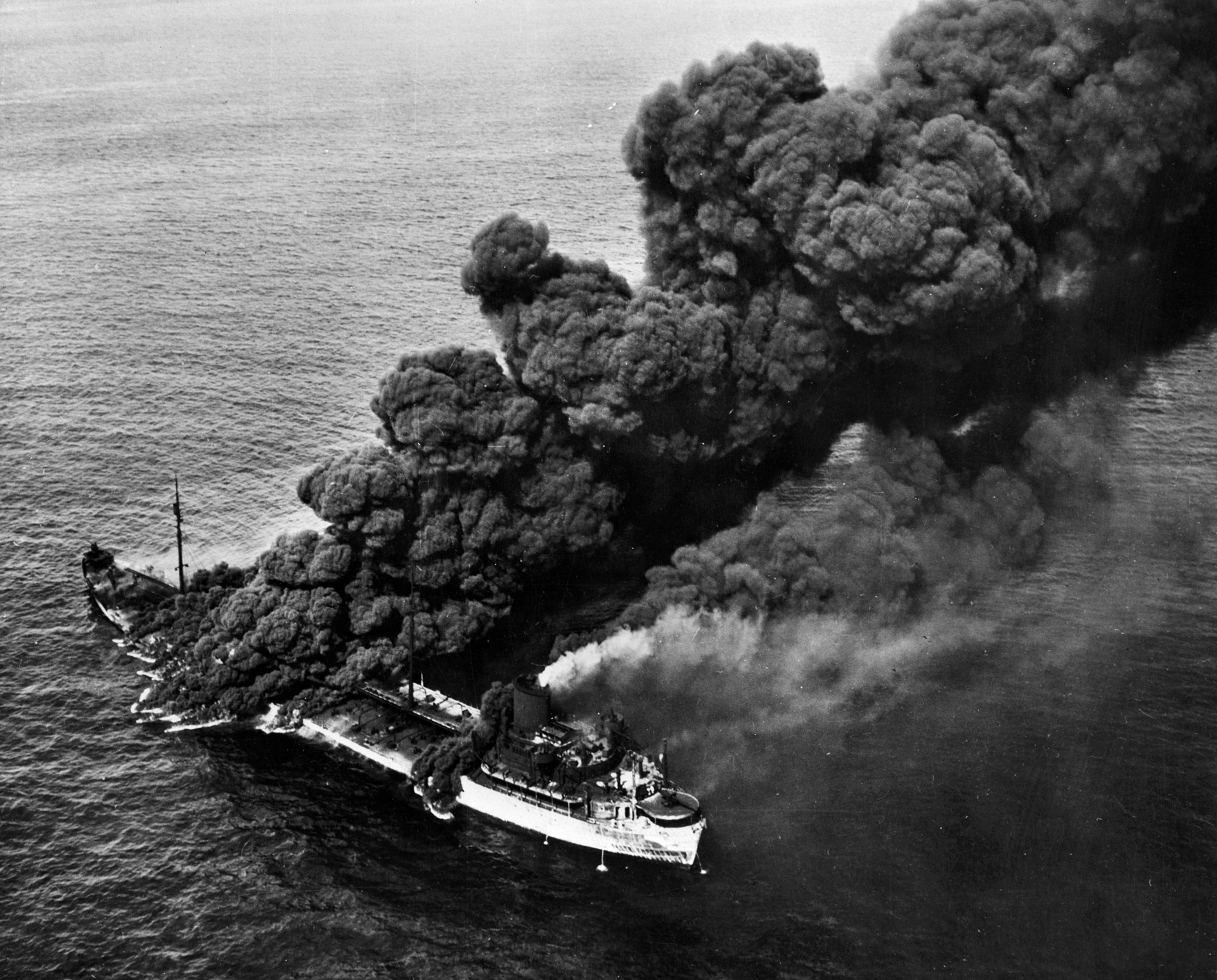
As the escorts reached farther westward, Doenitz’s submarines began wolfpack forays against convoys. The most heavily hit was a slow-moving, east-bound formation of 34 ships, sighted by the enemy on October 18, 1940, about 250 miles northwest of Ireland. At dusk, Lt. Cmdr. Otto Kretschmer’s U-99 and six other U-boats sneaked through the four-escort screen and sank 18 merchantmen carrying almost 100,000 tons of supplies.
Almost immediately, an east-bound convoy of 49 ships carrying surplus American military materiel to Britain ran afoul of Lieutenant Prien’s U-47 and five other boats. They penetrated the escort screen and torpedoed 13 merchantmen. When the U-boats headed for home, they met another east-bound convoy and sank seven more freighters.
Admiral Doenitz had high hopes for wolfpack operations, but, because of his limited number of boats and their replenishment needs, he could not maintain the attrition rate. Only half a dozen U-boats patrolled off Ireland in late 1940, and heavy weather hindered their efforts to locate the increasingly evasive British convoys. Losses from submarine attacks declined to an average of 180,000 tons of shipping. Doenitz was discouraged to learn at the end of the year that construction had barely covered the loss of 31 U-boats since the war’s outbreak. The building of U-boats had declined in late 1940 because Hitler thought that the British, standing alone against the Axis powers, would capitulate.
While Doenitz would have to wait two years to get his 300 submarines, things started looking up for the harried British early in 1941. At dusk on March 7, U-47 was sunk by the destroyer HMS Wolverine in the Northwestern Approaches, and Lieutenant Prien was killed. Two more U-boats were sunk on March 15. With the loss of three much-decorated submarine aces within a week, Doenitz postponed plans for a spring offensive.
May 1941 brought the closing of the escort gap in the mid-Atlantic when an escort force was stationed in Newfoundland. Also that month, the British scored an intelligence coup.
When Lieutenant Fritz Julius Lemp’s damaged U-110 surrendered to a Royal Navy ship, an Enigma coding machine, signal log, and spare rotors were captured. By June, the Admiralty could read many of the messages between Doenitz and his talkative U-boat officers. Information thus gleaned, along with radar, the capture of a German weather ship, and the increased use of underwater sound-location (asdic) equipment, enabled the Admiralty to track the enemy submarines.
The balance of the Atlantic struggle was tilting in Britain’s favor, and there was optimism at the Admiralty. Headquartered in Liverpool and established in February 1941, the Western Approaches Command introduced new escort tactics, upgraded anti-submarine firepower such as depth charges, mortars, and rockets, and deployed more long-range aircraft, particularly the B-24 Liberator bomber and the remarkable Short Sunderland flying boat.
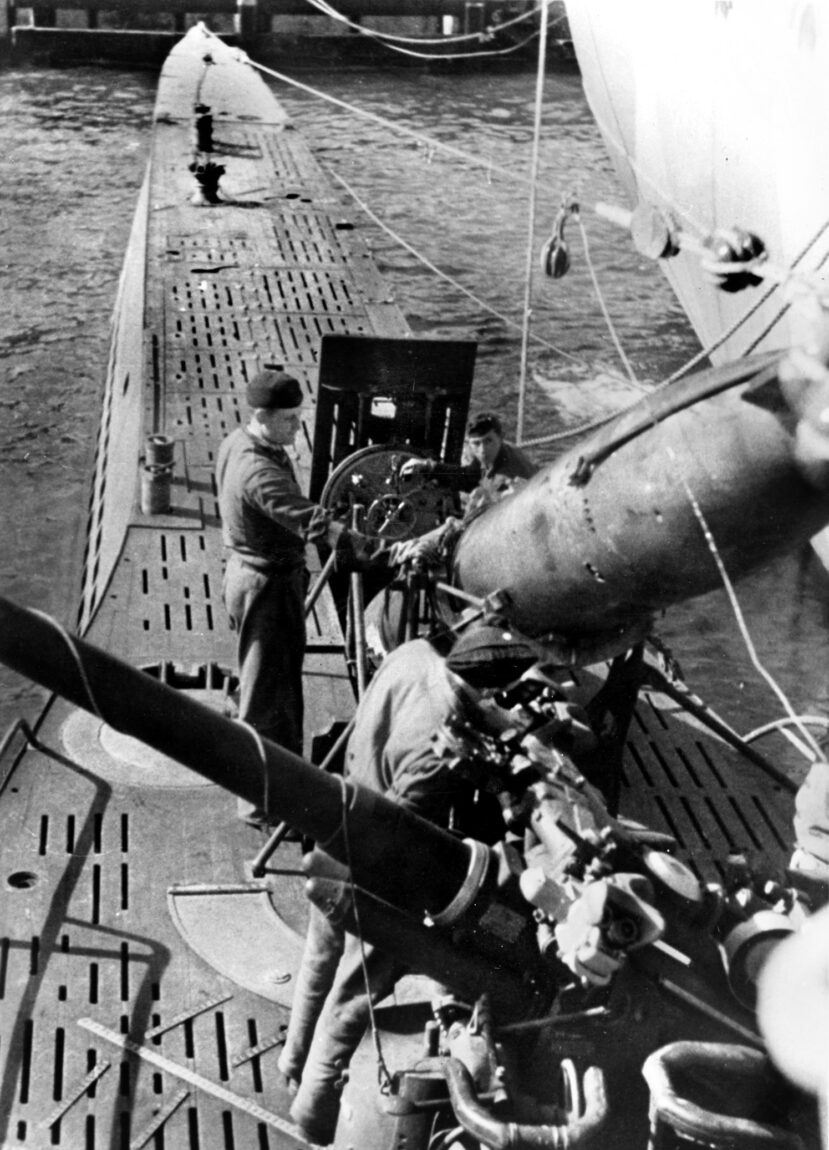
New types of escort vessels, such as speedy and powerful sloops, were coming into Atlantic service to aid the workhorse corvettes, and U.S. Navy destroyers began to escort convoys as far as Iceland in September 1941. Meanwhile, the Royal Canadian Navy had been giving support since early in the war, with its escort fleet growing to more than 400 corvettes and destroyers.
While U-boat operations began to mount as more boats came off the ways in Germany, Royal Navy units played deadly cat-and-mouse games with the enemy battleships, pocket battleships, and heavy cruisers. During a fateful week in May 1941, Home Fleet units stalked the new 35,000-ton Bismarck, touted as the most powerful battleship in the world. After the sinking of the beloved battlecruiser HMS Hood, with the loss of all but three of her crew, the battleships King George V and Rodney and the cruiser Dorsetshire hunted down and sank the Bismarck, ending German surface incursions into the Atlantic.
A month after the Pearl Harbor attack and the German declaration of war on the United States, Admiral Doenitz extended the U-boat war westward with his audacious Operation Drumbeat. He dispatched five long-range U-boats, captained by aces, to take advantage of the woefully unprepared U.S. Navy and maraud shipping off the American East Coast. A rich harvest awaited the Germans.
When the submarines reached the East Coast on the night of January 13, 1942, their crews were amazed to see merchant ships proceeding fully lighted and silhouetted by the glow from New York, Atlantic City, Miami, and other brightly illuminated coastal cities. Blackouts had not been imposed because a loss of the tourist trade had been feared, and the ships were easy targets. Remaining submerged by day and surfacing by night to attack with their deck guns and torpedoes, the U-boats roamed freely from Canada to the Caribbean and sank 13 ships by the month’s end.
Bathers on East Coast beaches watched many of the freighters and tankers go down, and Admiral Ernest J. King, chief of naval operations, and the Navy Department were slow to respond, even though the British Admiralty had cabled information on the U-boats’ movements. For the first half of 1942, Doenitz’s submariners enjoyed their second “Happy Time,” which a historian later termed “the Atlantic Pearl Harbor.” One U-boat skipper, Lt. Cmdr. Reinhard Hardegen of U-123, destroyed seven ships in a week.
The Admiralty dispatched 22 armed trawlers to help the U.S. Navy and advised King to form convoys. He refused, but, pressured by General George C. Marshall, Army chief of staff, the acerbic admiral finally established a convoy system in May 1942. Meanwhile, without a single loss, the U-boats had sunk 17 ships totaling 103,000 tons in February and 28 vessels of 159,000 tons in March.
Washington finally ordered an East Coast blackout in April. When only six ships were sunk in May, the U-boats moved down the coast to the Caribbean and the Gulf of Mexico, where they destroyed a number of Brazilian freighters and oil tankers sailing out of Venezuela. Doenitz eventually ordered the submarines back into the central Atlantic. During the six months of Operation Drumbeat, 400 ships went down in U.S. Navy-protected waters with the loss of 5,000 Allied lives.
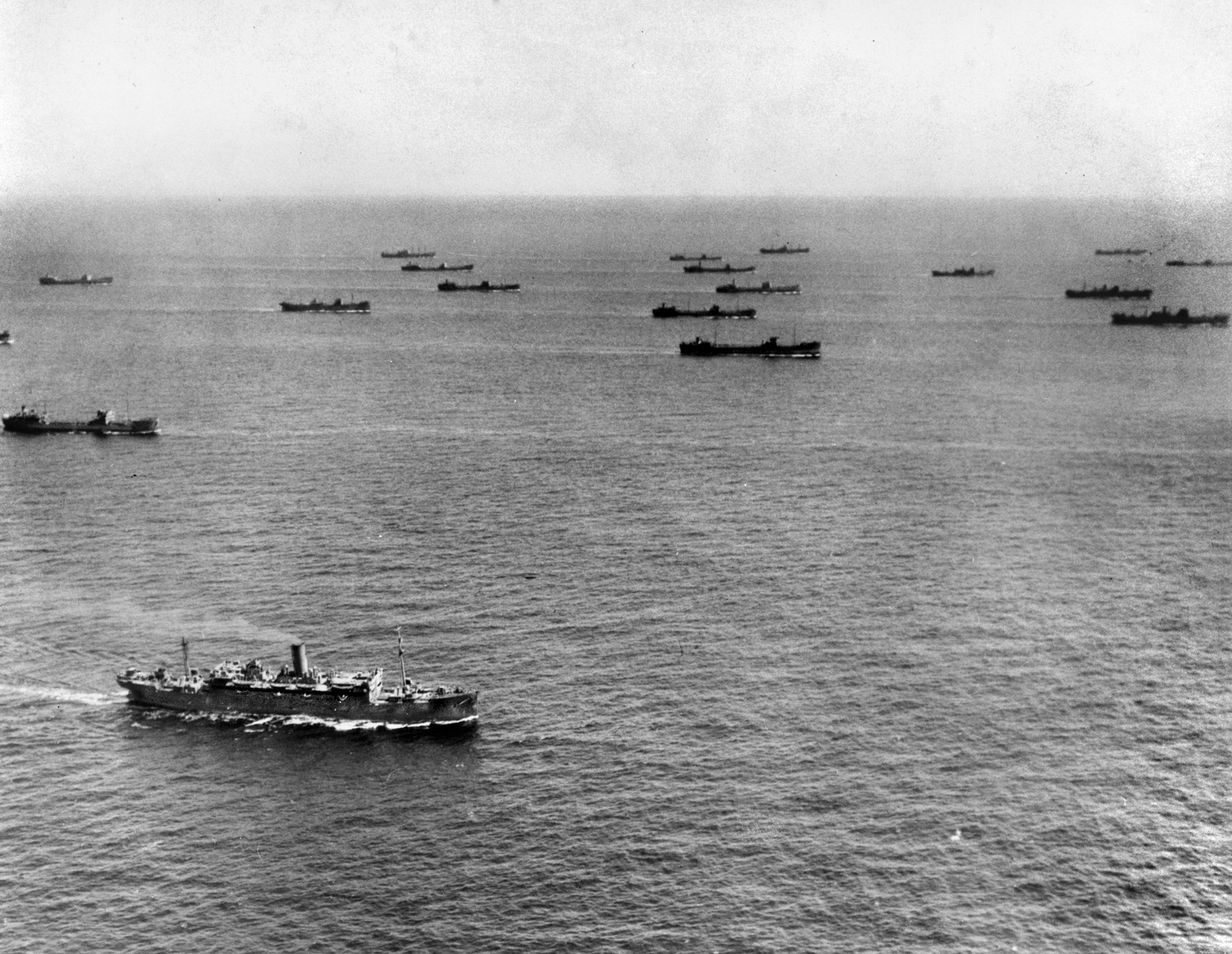
In May and June 1942, the U-boats went on the offensive with a vengeance in the North Atlantic and sank more than a million tons of merchant shipping. Construction had been geared up, and Doenitz now had more than the 300 U-boats he had demanded. Convoys were ambushed in the Black Pit area, and the sinkings mounted. Shipping losses reached a peak of more than 700,000 tons in November 1942. In London, it was feared that Britain might lose the Battle of the Atlantic, and Prime Minister Churchill was depressed.
But it was no new “Happy Time” for Doenitz and his men. Forty U-boats had been sunk since the start of the year, and an estimated 3,700 officers and men had been killed or captured.
Despite continued shipping losses, the tide was gradually turning for the Allies. By August 1942, the British and Canadians had 150 destroyers, almost 200 corvettes, 30 sloops, and new frigates on convoy duty. They were stretched thinly, but more were coming off the ways. The Americans started deploying new escort vessels, and by the end of the year four light “jeep” aircraft carriers were providing air cover. One of them, Captain Daniel V. Gallery’s USS Guadalcanal, would participate in the capture a U-boat in June 1944, as the centerpiece of a hunter-killer group.
Victory was on the horizon for the Allies through industrial attrition, with their shipyards bustling day and night. By 1943, British Commonwealth yards put out a million tons of shipping a year, while the 95 American yards totaled six million tons. Industrial czar Henry J. Kaiser’s assembly lines turned out more than 60 prefabricated, 10,500-ton Liberty ships a month in 1942, and 140 a month in 1943. One was constructed in less than four days. More Allied ships were now being built than the U-boats could sink.
After more than three years, the Allies took the offensive in the Atlantic. Admiral Horton formed support groups of six to eight destroyers, frigates or corvettes, and occasionally an escort carrier. Based in Newfoundland and Iceland, the troubleshooting flotillas were available to rush to the aid of convoys undergoing U-boat attacks. The long-range B-24s and Sunderland flying boats could now reach all parts of the North Atlantic as they scouted enemy submarines from bases in Newfoundland, Iceland, and Northern Ireland.
As more escort ships, better direction-finding gear, improved depth charges, and planes with new homing torpedoes went into service, the Allies finally had the advantage in the Atlantic by late spring of 1943. It was perhaps the most dramatic turnaround of World War II. Forty-one U-boats were destroyed, more than in the first three years of the war, in what the Germans called “Black May.” From April through June, 100 U-boats were sunk.
May was also a black month for Doenitz’s submarine crews in the Bay of Biscay, which they had to cross leaving or returning to their pens on the French western coast. Operating from southwestern England, RAF Coastal Command bombers sank seven U-boats that month. Nine were sunk in the last week of July, and between May 1 and the end of 1943, 32 U-boats went to the bottom in the Biscay area.
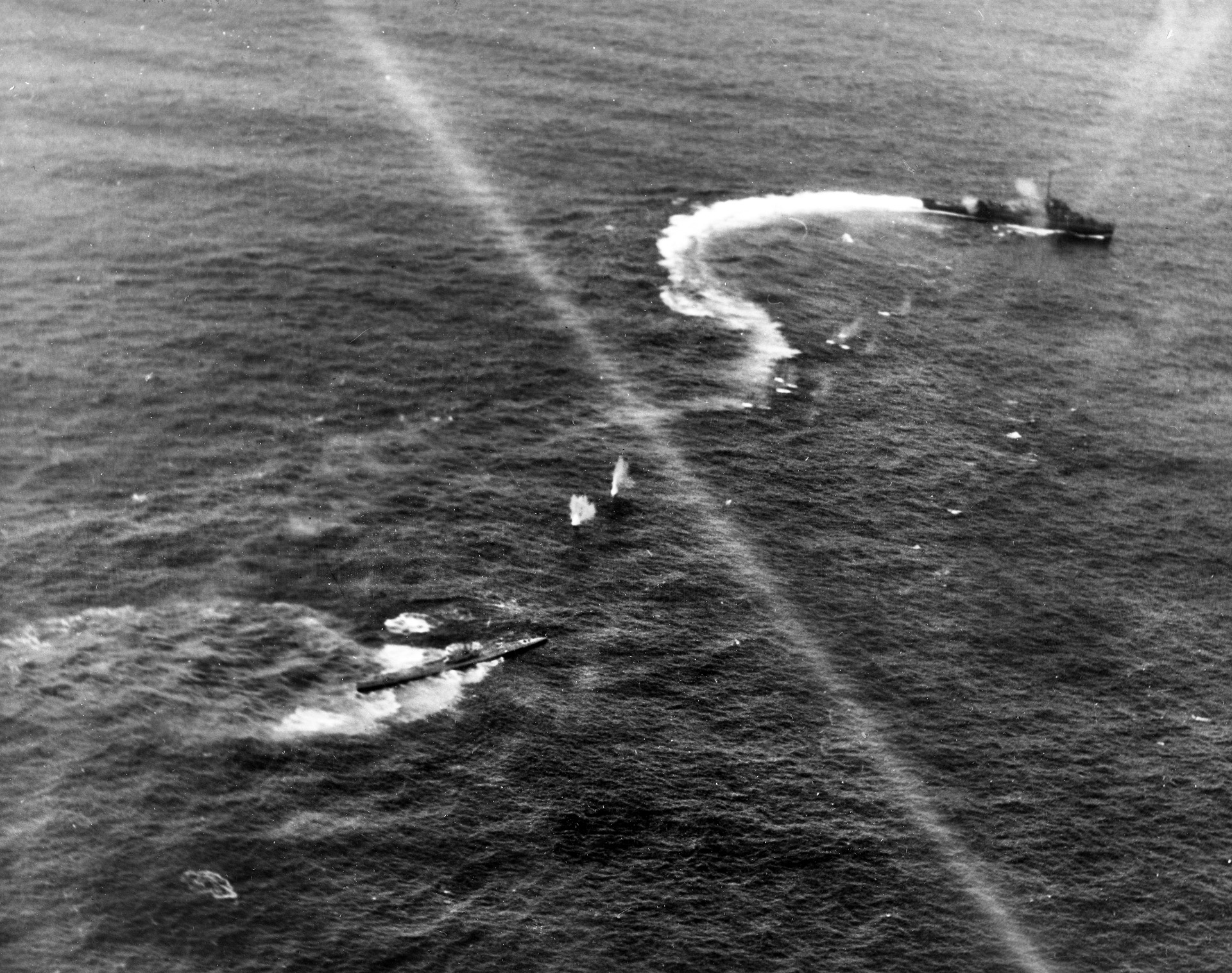
By that July, the total tonnage of Allied merchant ships launched exceeded that lost for the first time in the war. The number of operational U-boats was falling, and the monthly sinkings of Allied vessels diminished, exceeding 100,000 tons only once for the rest of the war.
While deploying many of his submarines to safer waters, Admiral Doenitz admitted privately, “We had lost the Battle of the Atlantic.” Hitler stormed, “There can be no letup in submarine warfare. The Atlantic is my first line of defense in the West.” During the next several months, 62 merchant convoys crossed the ocean with no losses. The Allies then began using the convoys to lure and destroy U-boats with their hunter-killer groups made up of fast destroyers and escort carriers.
By the autumn of 1943, a U-boat was being sunk for every freighter torpedoed, but Doenitz refused to give up, hoping for science to give him the edge. He thought he had it with an acoustical torpedo code named “zaunkonig” (wren), which homed on the pitch of an escort’s propellers. The zaunkonig would blast a hole in the escort screen while merchant ships would be attacked with conventional torpedoes. In September 1943, U-boats equipped with zaunkonigs struck at two convoys in the North Atlantic, sinking three escorts, damaging one, and sending six freighters to the bottom. As a countermeasure, Allied warships were fitted with trailing “Foxer” noisemakers, which drew the acoustic torpedoes harmlessly into them. Doenitz pinned his last hopes on revolutionary 1,600-ton and 300-ton Walter U-boats, but only six became operational because of production delays.
A few U-boats attacked North Atlantic convoys until February 1944, but suffered heavy losses while inflicting only slight damage. With close surface and air support, the Allied convoys were now virtually immune to attack. After the Allies invaded Normandy on June 6, 1944, the U-boats ceased using French ports. The westward drive of the Soviet Red Army expelled them from the Baltic, and they eventually operated only from Norway. But even in early May 1945, when the European war was almost over, there were still 25 U-boats in British waters or in passage.
Admiral Doenitz surrendered unconditionally on May 7, 1945. That evening, Walter XXIII U-boat Kapitanleutnant Emil Klusmeier disobeyed orders, sinking the Canadian steamer Avondale Park and the Norwegian tramp steamer Sneland I. Twenty-three seamen were killed. The German submarine service ended the war the way it had begun it, with the destruction of defenseless ships.
The casualties on both sides in the Atlantic War were appalling. An estimated 2,800 Allied merchantmen, 148 warships, and 1,700 Coastal Command aircraft were lost, with about 83,000 sailors, seamen, and airmen killed. Out of 863 U-boats committed in the campaign, 754 were destroyed, while out of the almost 41,000 men who served in the “iron coffins,” 27,491 died. The U-boat crews’ toll was higher per capita than that of any other combat force in World War II.
Despite their hardships and sacrifice, and although the U-boat threat was never completely defeated, the Allies managed to prevail in the Atlantic, with merchant ships successfully completing more than 300,000 voyages.
The late Michael D. Hull wrote for WWII History on a variety of topics. He resided in Enfield, Connecticut.
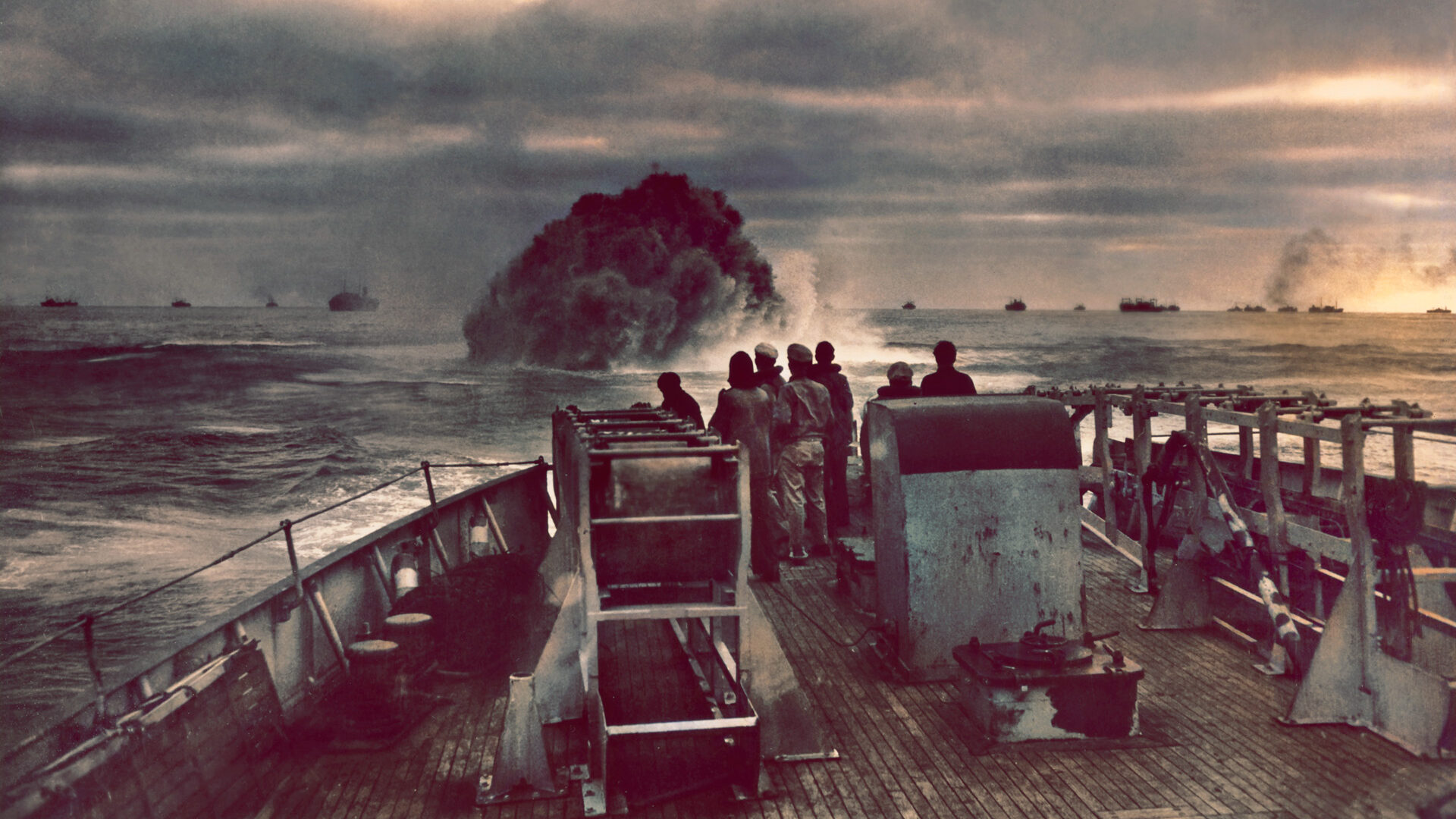
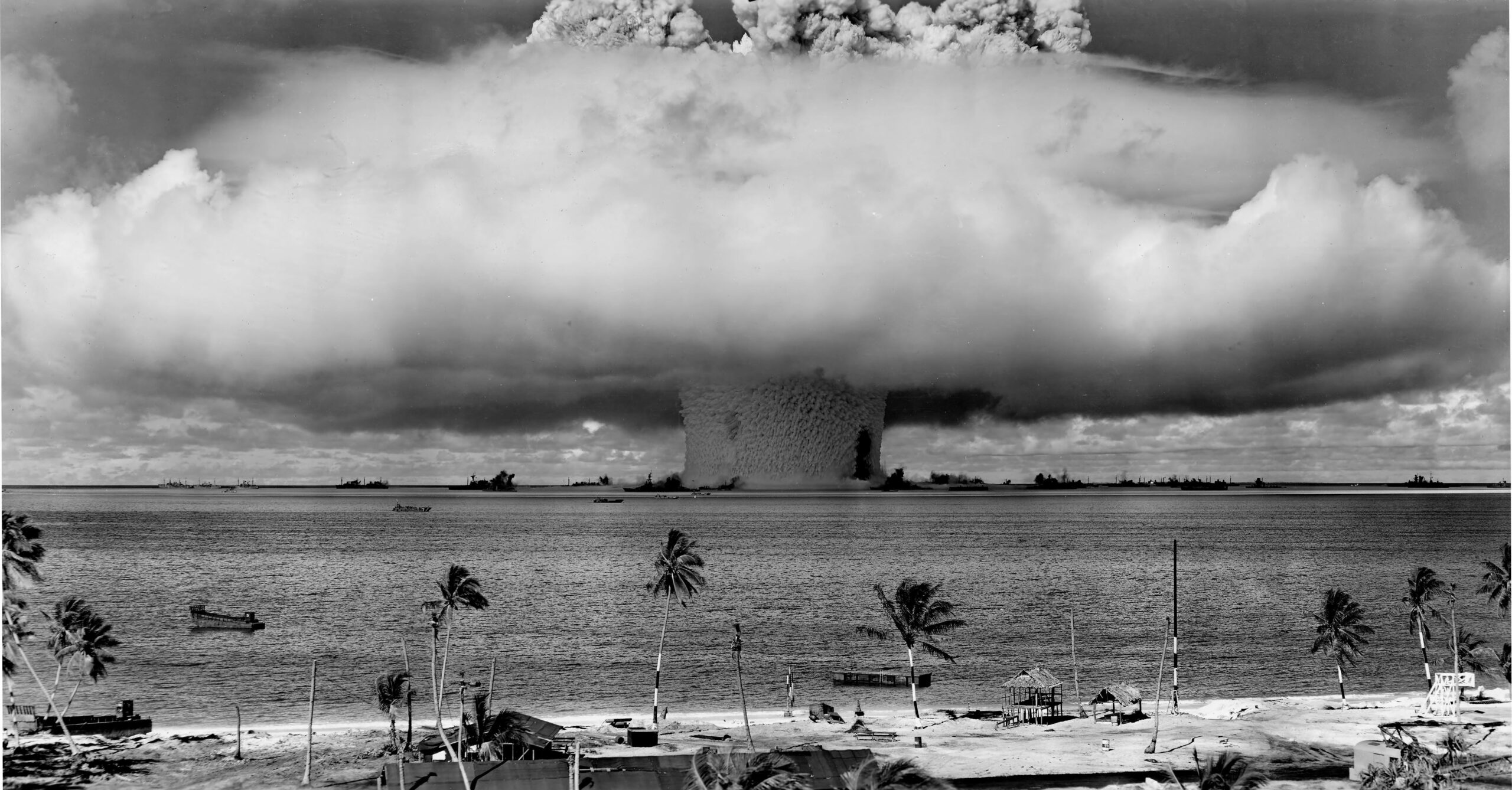
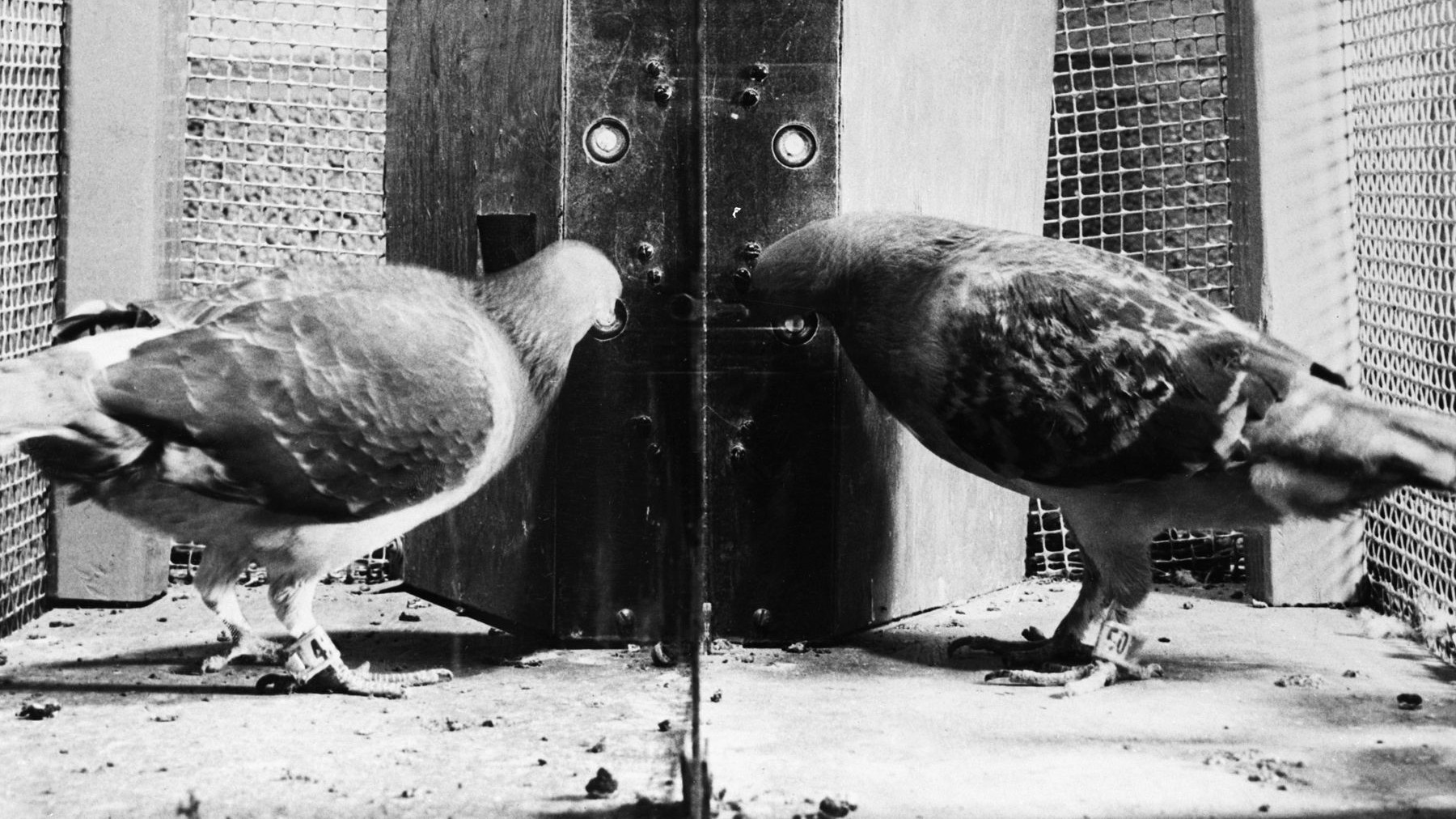
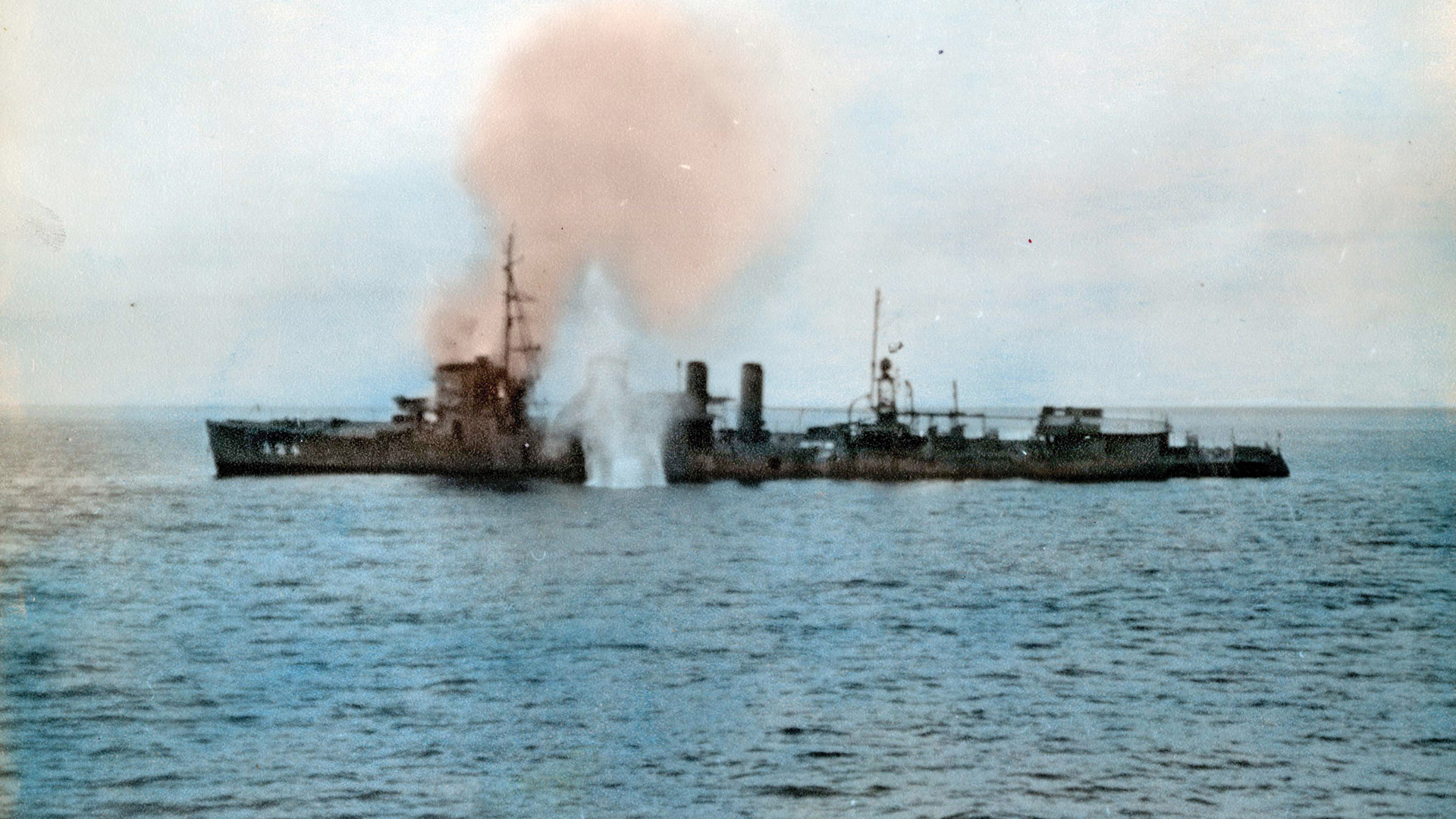
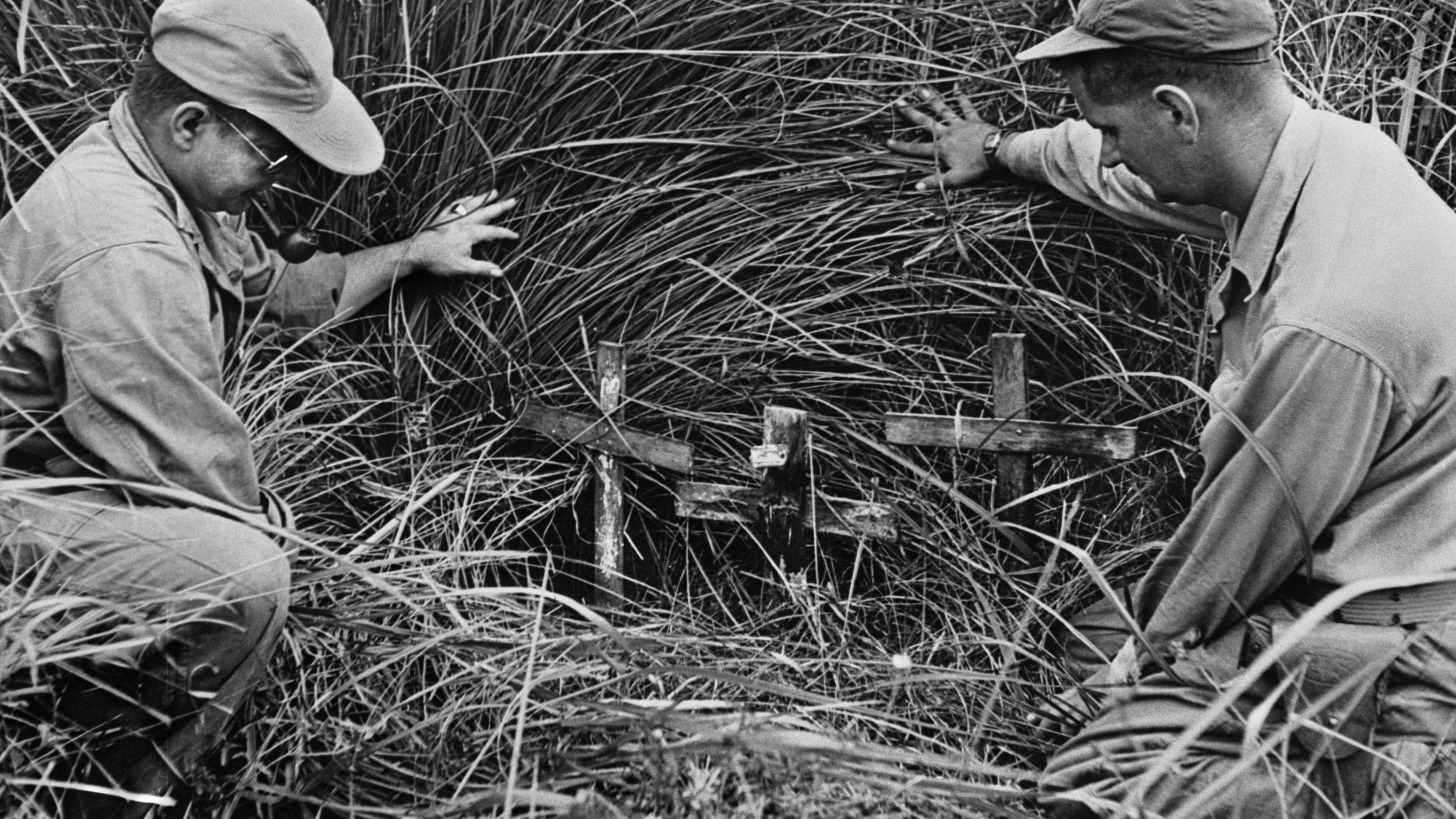

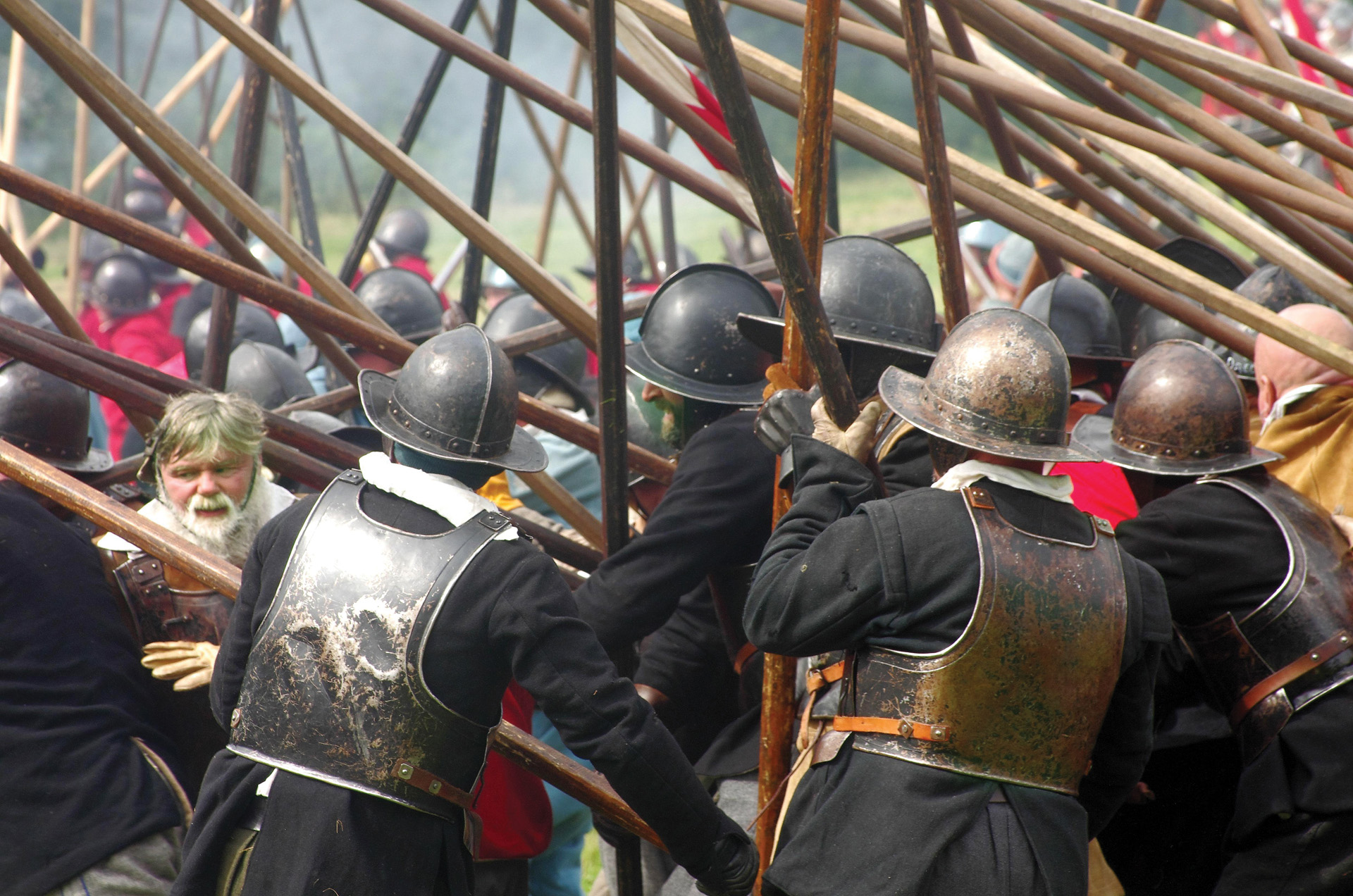
Join The Conversation
Comments
View All Comments